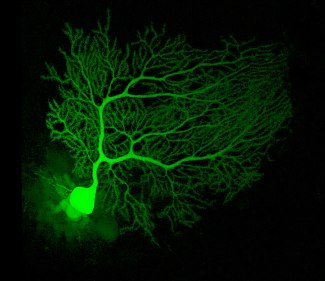Learning about Alzheimer's early stages

Nowadays, it is well recognized that cognitive dysfunction occurs in early phases of Alzheimer Disease as a consequence of an alteration of the processes involved in synaptic function and plasticity involved in learning and memory.
There is broad consensus in considering that the regulation of neurotransmitter receptors present on the postsynaptic membrane is one of the most important events in synaptic plasticity associated with learning and memory. However, despite the efforts during the past decade to understand the molecular mechanisms underlying these processes, it is still unknown which are the key elements involved in them. It is for sure that their knowledge would allow a better evaluation of the synaptic dysfunctions that occur at very early stages in Alzheimer's disease.
The starting point in the work published was to consider that the mechanisms of glutamate AMPA receptors (one of the major excitatory neurotransmitters in the brain; AMPARs) trafficking to the postsynaptic terminal membrane may be due to a process similar to the exocytosis ("exocytosis-like") of neurotransmitter vesicles in the presynaptic terminal.
Using a cellular model of long-term potentiation (LTP), one of the experimental paradigms used to understand the mechanisms associated with learning and memory, we were able to identify a specific set of SNARE proteins that are required for activity-dependent recruitment of AMPAR in postsynaptic specializations during LTP. The identification of this group of SNARE proteins has a comparable importance to the identification, 20 years ago, of the presynaptic SNARE complex involved in the regulation of the activity-dependent vesicular release of neurotransmitters.
Furthermore, this work adds another important conceptual advance since it demonstrates that SNARE machinery involved in the AMPAR trafficking towards the postsynaptic membrane is different to the SNARE machinery involved in the receptor trafficking in activity-dependent plasticity processes associated to learning and memory. This opens up a future possibility of intervening on postsynaptic deficits associated with learning and memory in early stages of cognitive dysfunction in Alzheimer Disease without affecting the mechanisms that regulate the presence of AMPAR necessary for normal transmission of excitatory impulse in the brain.
References
Sandra Jurado, Debanjan Goswami, Yingsha Zhang, Alfredo J. Miñano Molina, Thomas C. Südhof, Robert C. Malenka. "LTP Requires a Unique Postsynaptic SNARE Fusion Machinery" Neuron 77(3) pp. 542-558.


